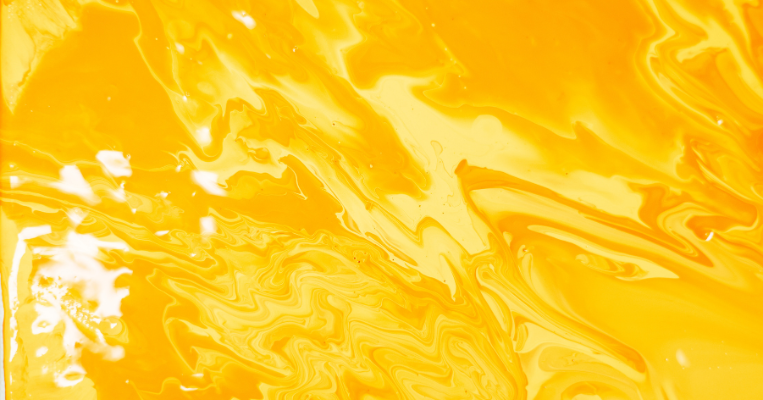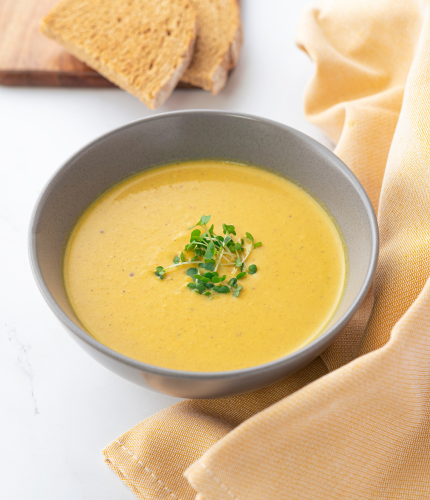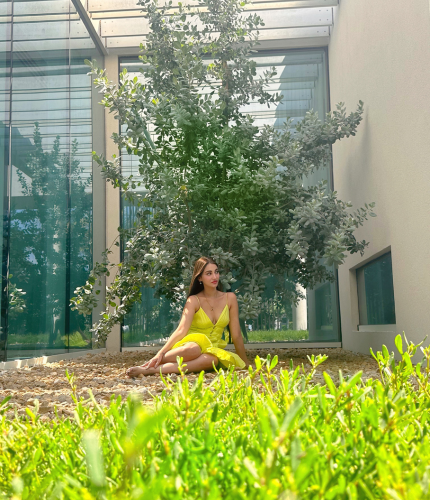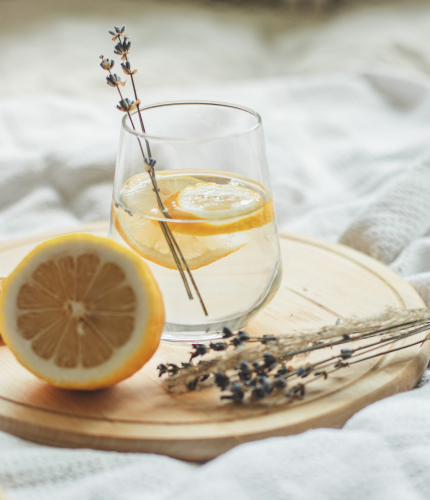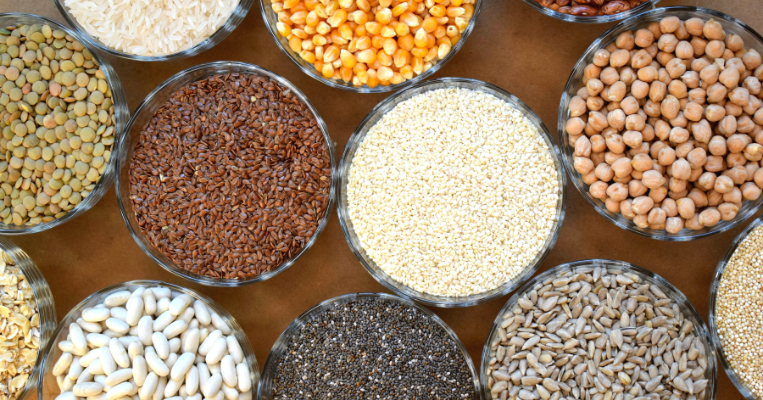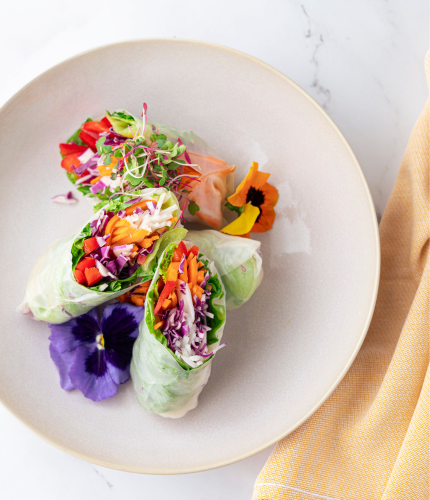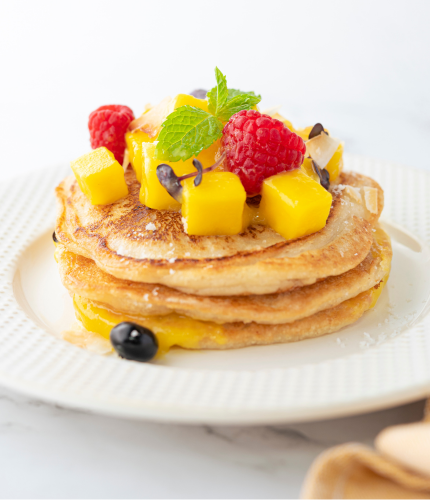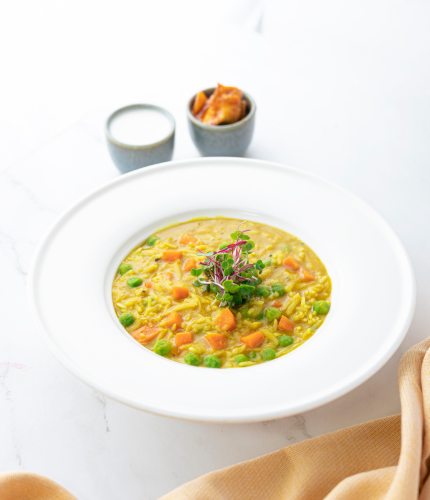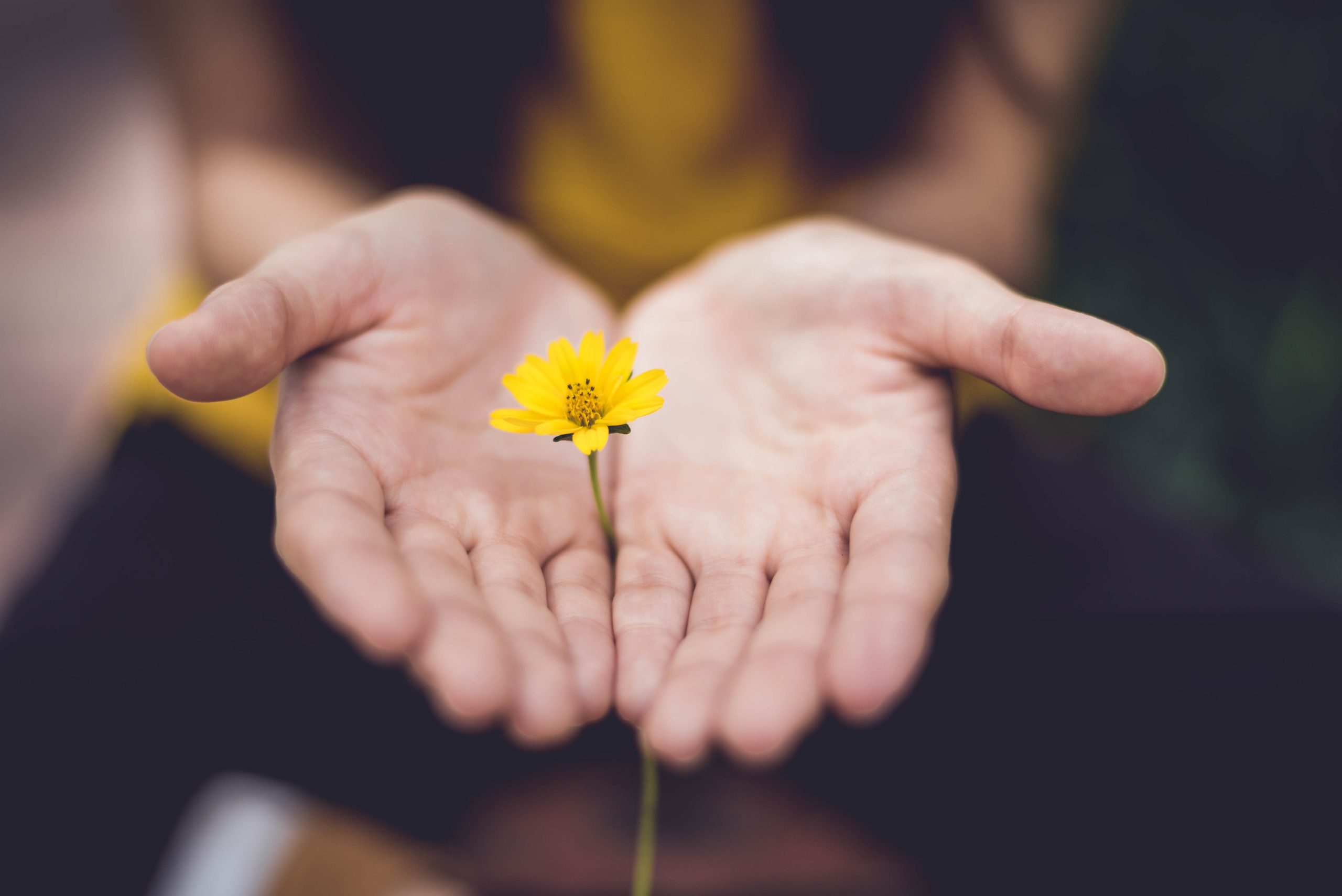
22 March 2023
Three Wellness Practices I Am Trained In
I’ve always been drawn to the magic and mystery of wellness practices, a curiosity that has blossomed throughout my adolescence. And as I have gotten older and committed further to my spirituality, it has led me down a path of learning and training.
There are a plethora of wellness practices out there, and I have so far focused my energy into three: Reiki, sound and crystal healing. Since training in these wellness practices, it’s allowed me to tap into higher frequencies to heal the mind and body, and incorporate them into my own spiritual ceremonies.
Reiki
If you’re seeking a natural way to promote healing and relaxation, you might want to consider Reiki. As a trained practitioner, I can attest to the power of this ancient wellness practice!
Emerging from Japan, Reiki is based on the idea that we all have a life force energy, known as “ki” or “chi,” that flows through us. When this energy is blocked or depleted, it can lead to physical, emotional, or spiritual imbalances. Reiki works by channelling this energy through the hands of the practitioner to the recipient, helping to restore the flow and balance of energy.
During a Reiki healing session, you’ll be asked to lie down comfortably. The practitioner will then place their hands on or near your body in various positions, working to channel healing energy to promote relaxation, release tension, and restore balance. The effects of Reiki can be subtle but profound – during the session, you may feel tingling sensations as the energy flows through you, leading you to a sense of peace and calm.
Reiki has become an essential part of my spirituality; it guides my mind to a place of peace and inner calm that I carry with me throughout the day. Through regular self-Reiki sessions, I’ve been able to connect with my own inner-wisdom and intuition, unlocking a deeper understanding of myself.
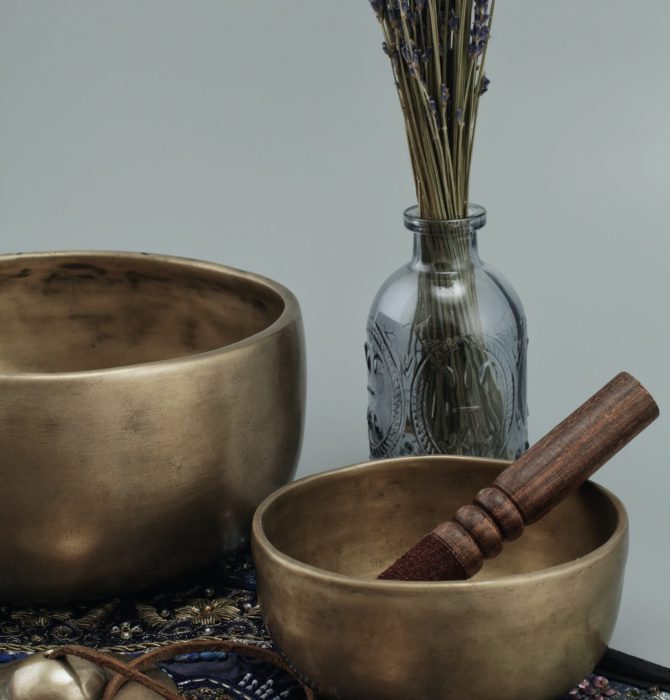
Sound Healing
Since exploring further into spirituality and completing my training in sound healing, I’ve discovered how deeply transformative this wellness practice is! With its roots in many ancient cultures, such as the Egyptians, Greeks and Chinese, sound has been used for its therapeutic effects on the mind and body.
One of the things I love most about this wellness practice is its ability to promote healing on many levels. Whether I’m experiencing physical discomfort, emotional distress, or spiritual disconnection, sound healing has the power to help me find relief and restore balance to my life.
If you’re curious about learning more about this,it’s vital to understand that sound waves have the power to affect us on many levels, from our physical bodies to our emotional and spiritual wellbeing. To harness this power, I have used a variety of tools, including singing bowls, tuning forks, chimes, and gongs, to create a vibrational frequency that can promote relaxation, release tension, and restore balance to the body and mind.
Crystal Healing
Crystal healing is a wellness practice that works by using the unique energetic properties of crystals and gemstones to support all aspects of our wellbeing. When we use crystals for healing, we’re essentially tapping into the natural vibrational energy of the earth, which can help to restore balance and harmony within our own energy systems.
The power of crystals isn’t a new discovery – they have been used for thousands of years for protection, health and emotional healing! During my studies, I learned that in India, Ayurvedic medicine has long recognised the healing properties of gems and minerals, and Native American tribes also have a rich history of using crystals in their healing ceremonies.
When working with crystals, I like to focus on setting intentions and using specific stones that resonate with my goals or needs. For example, I might use rose quartz to promote self-love, citrine to enhance creativity, or amethyst to support spiritual growth and connection.
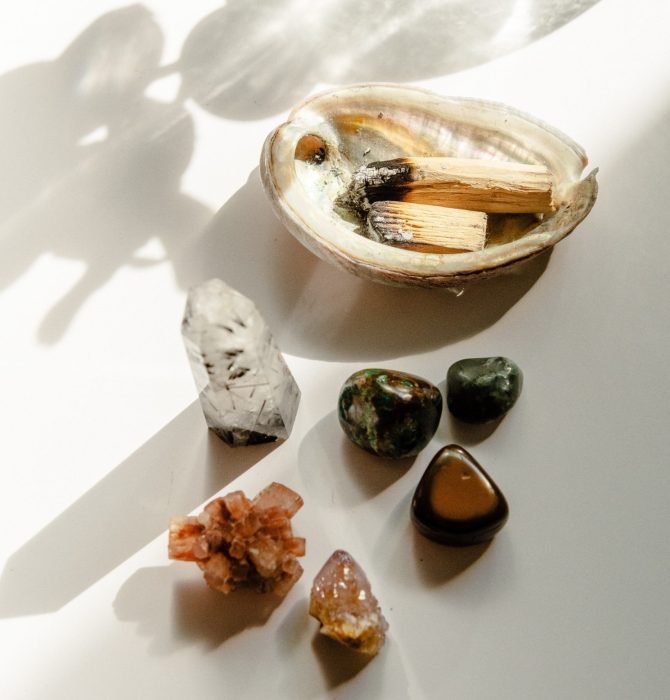
My time in holistic training has shown me a different perspective on myself and others – and the wonderful part is, it’s not over yet! I still have so much to learn, and many more wellness practices to discover. At our very core, we are energy, and learning to tap into the energies of other forces can entirely reshape our overall wellbeing.

